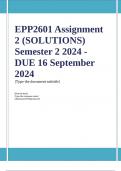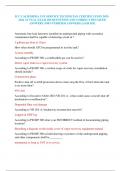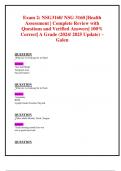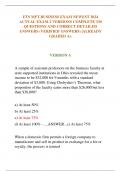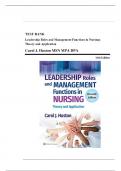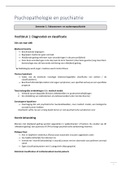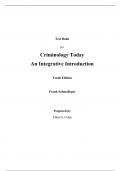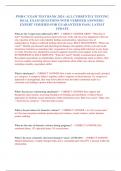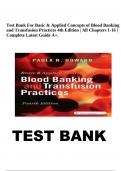Exam (elaborations)
EPP2601 Assignment 2 Full Solutions Semester 2 2024 - DUE 16 September 2024 ;100 % TRUSTED workings, Expert Solved, Explanations and Solutions.
- Course
- EPP2601
- Institution
- University Of South Africa
EPP2601 Assignment 2 Full Solutions Semester 2 2024 - DUE 16 September 2024 ;100 % TRUSTED workings, Expert Solved, Explanations and Solutions.
[Show more]
